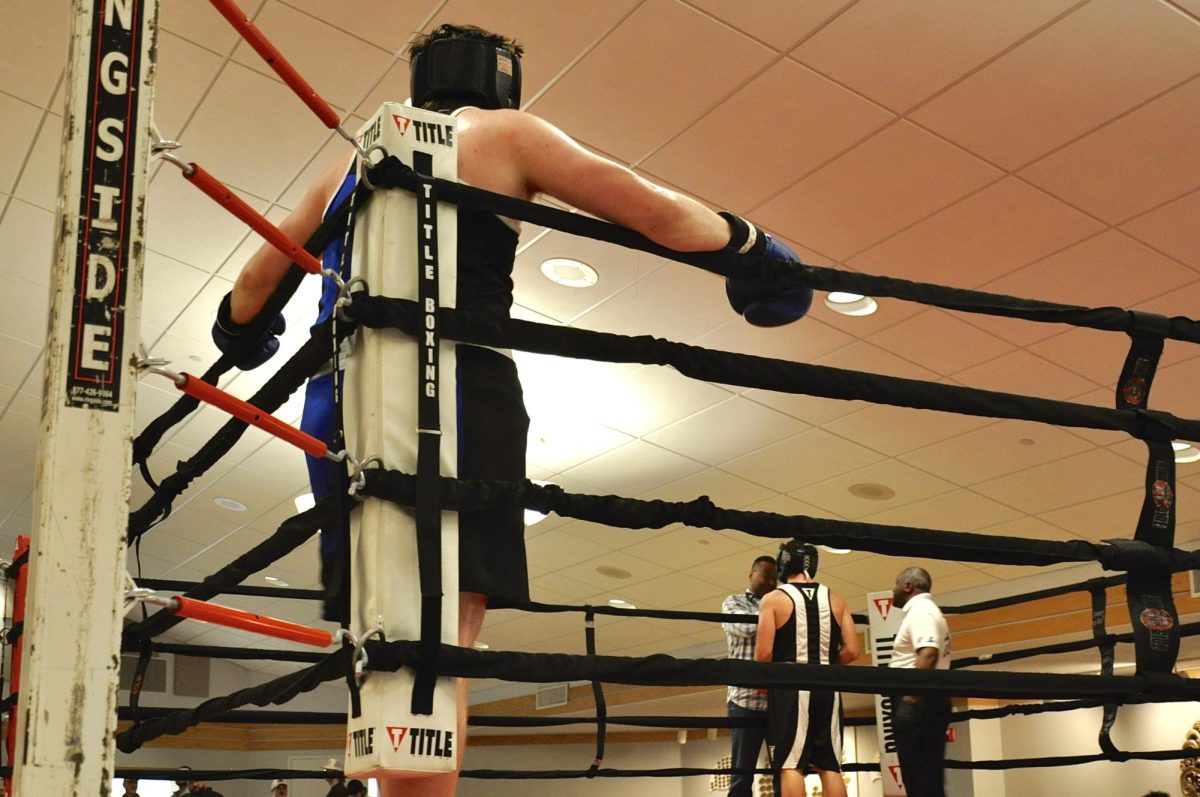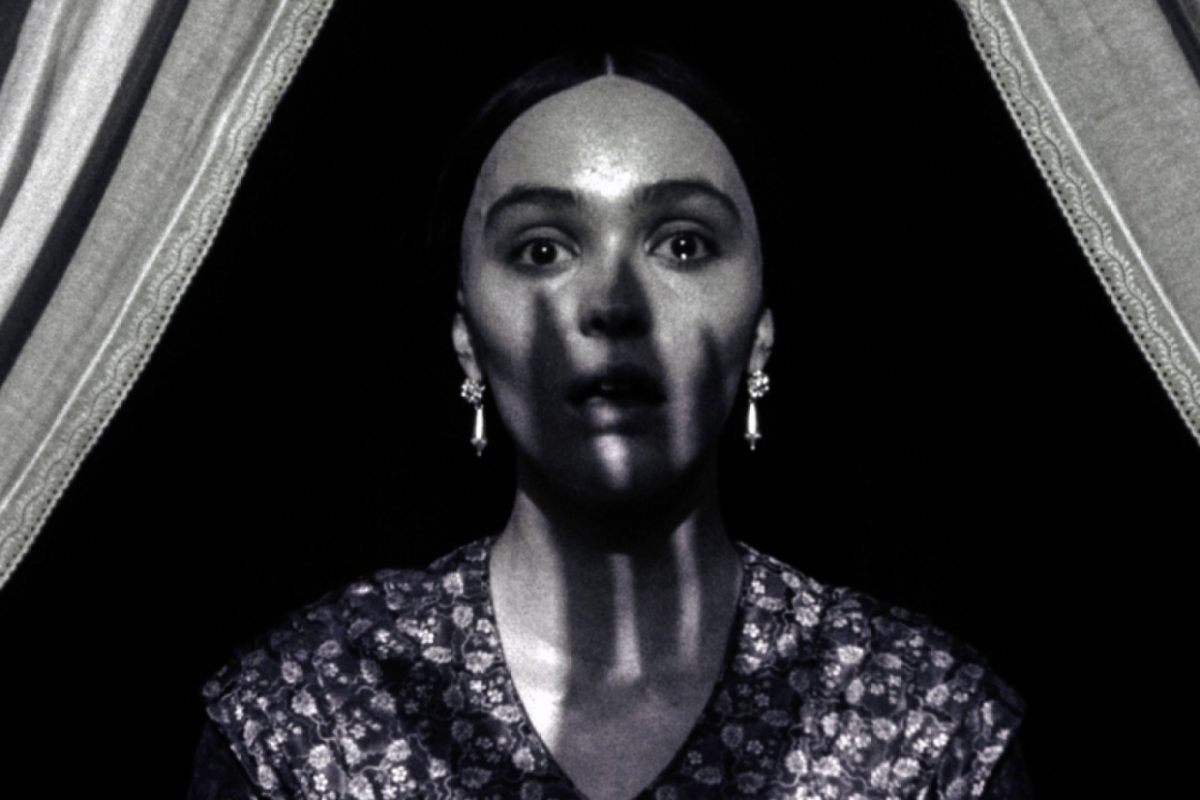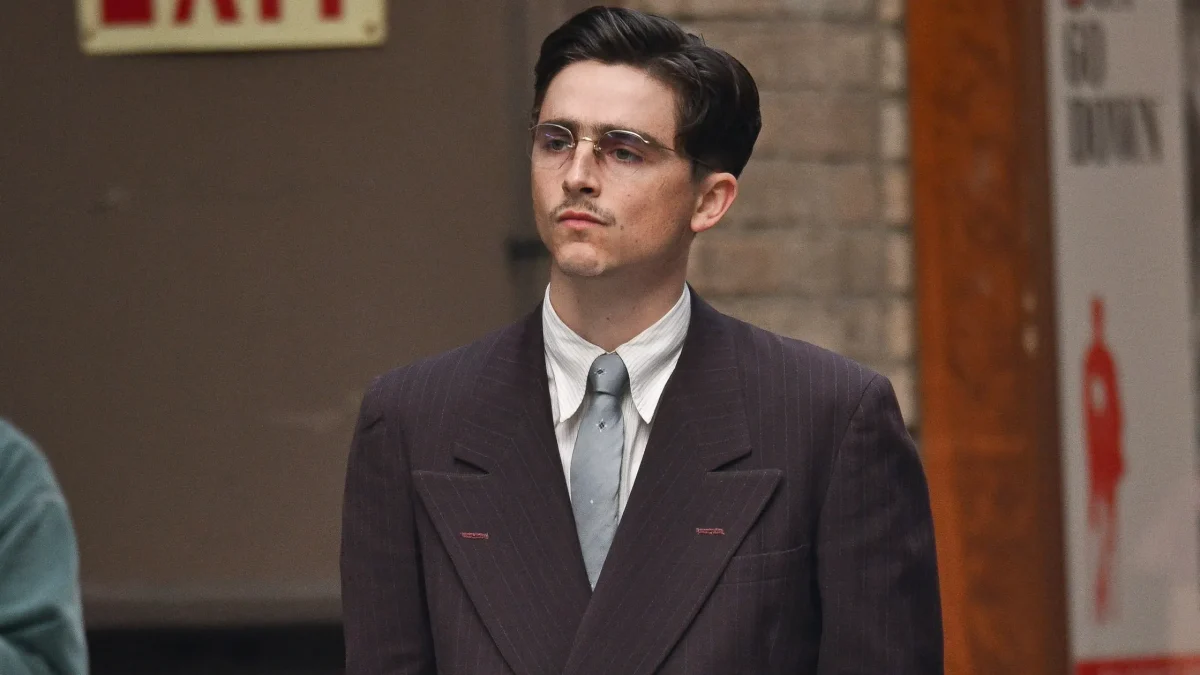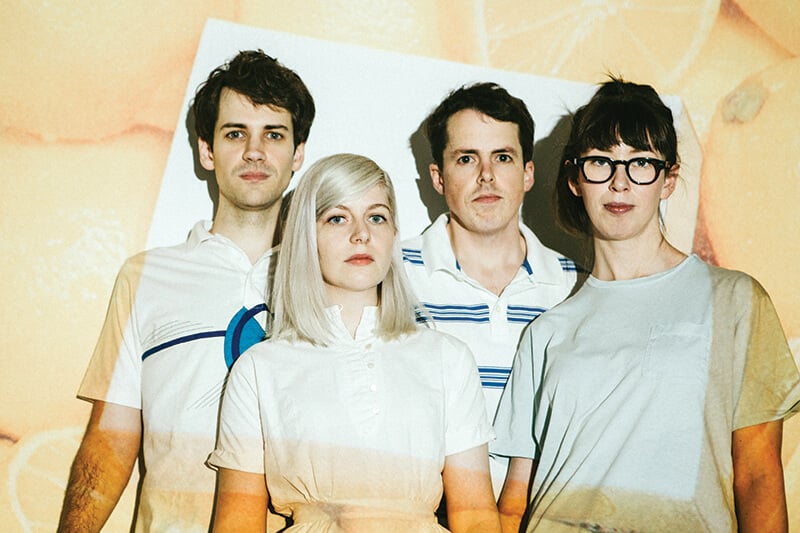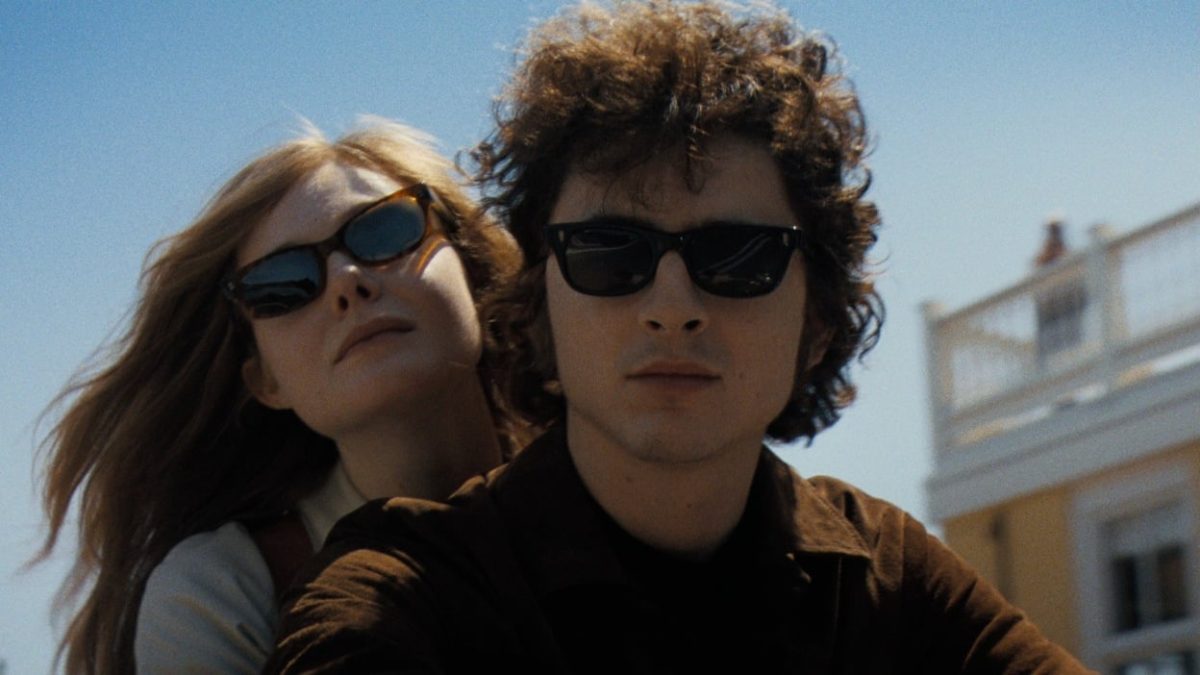This was quite the summer for Hollywood, as theater audiences were treated to a wide variety of films dealing with everything from pregnancies to dying suns, chefs to shape-shifting robots, stuntmen to America’s favorite yellow family and even Robert DeNiro as a flamboyant pirate. The biggest movies of the summer, however, were the sequels, which began in May, when a certain web-slinger made his third appearance on the big screen.
Spider-Man 3 (release date: May 4, box office to date: $336.4 million)-When the beginning of May rolled around, the nation was hungry for the insurmountable amount of sequels coming their way, and leading the pack was Spider-Man 3. By the time this movie was released, there were four different trailers, and all the hype seemed to be around villain Venom’s big screen debut, though he had only minimal screen time in the trailers. Actually, Venom was hardly in Spider-Man 3, only in the movie for the last 20 minutes of what was a nearly two and a half hour film. Until then, fans were treated to the Sandman, a minimally popular villain from the comic book series, and New Goblin, Harry Osbourne’s attempt to ruin Spidey. This movie was, at best, a soap opera with bits of comedy and action thrown in. Of course, people who saw the first two in the series probably expected this from director Sam Raimi, but did we really need to see an emo-Tobey Maguire strut his stuff for 15 minutes? Spider-Man 3 failed in all the aspects in which the first two films succeeded according to most critics and fans alike. It is still uncertain whether Maguire, Raimi and Kristen Dunst will agree to return for a fourth movie. It is also uncertain whether people will be willing to pay to see the fourth installment after the disappointing third.
28 Weeks Later (May 11, $28.6 million)-This sequel to 2003’s surprise cult hit 28 Days Later, 28 Weeks Later was not nearly as anticipated as the other May sequels, especially with no returning cast members, and former director Danny Boyle on only as a producer. Those who did make it out to see this movie about the repopulation of England after a raging virus outbreak that took place 28 weeks beforehand were treated to a film that was on par with the original. The film had much of the same style as the original, although there was less social commentary. The only weak point of this film was the ending, but they had to leave it open for a 28 Months Later, didn’t they?
Shrek the Third (May 18, $320.7 million)-Everyone’s favorite green ogre returned to the big screen with an enormous amount of hype and promotions, and like Spider-Man 3, he let many fans down. Shrek the Third fell short in every category that the first two films succeeded in, getting away from the wit and satire, which made the first two instant classics, in favor of an endless stream of not funny pop-culture references. The laughs were few and far between in this abomination, and with a fourth installment in the works, people may be more scared of this ogre now than they were in 2001 when the big guy brought home an Oscar.
Pirates of the Caribbean: At World’s End (May 25, $307.6 million)-After the shortcomings of Spidey and Shrek, it was up to Captain Jack Sparrow to salvage a May in which the only good sequel revolved around bloodthirsty zombies. Unfortunately, Sparrow drank a little too much rum and was not up to the challenge of salvaging the month or his franchise as At World’s End failed to wow audiences like 2006’s Dead Man’s Chest did. Also, unlike DMC, it didn’t gross over $400 million to make up for its shortcomings. Excessively long and convoluted, At World’s End had perhaps a bit too much Johnny Depp, if that’s possible, and not enough of Geoffrey Rush’s Captain Barbarossa, who, along with Keith Richards, was a lone bright spot in an immensely mediocre finale to the pirates saga.
Ocean’s Thirteen (June 8, $116.3 million)-After a week off from sequels, the second week of June offered up two. First up was Danny Ocean, who brought his crew back together for one last score. After 2004’s abysmal Ocean’s Twelve, not everyone was lining up at the box office for director Steven Soderbergh’s third movie involving handsome and sophisticated crooks. Those who did happen upon this movie were likely pleasantly surprised, as Ocean’s Thirteen had something going for it that the “Big Three” threequels of May didn’t-it was actually pretty good. Though it wasn’t a terrific movie, it had the same sleek feel of Ocean’s Eleven, and though there was hardly any doubt that Danny Ocean and his crew would succeed, it was still a lot of fun to watch.
Hostel: Part II (June 8, $17.5 million)-Not much needs to be said about this movie except that it, along with the failure of Captivity and Turistas, most likely signifies the end of the once popular “torture porn” genre (unless it involves Jigsaw, of course).
Fantastic Four: Rise of the Silver Surfer (June 15, $130.8 million)-This PG sequel to 2005’s disappointing Fantastic Four was much of the same fluff that its predecessor was. Since the franchise lost any legitimacy with fanboys after the first movie, this one was aimed at kids, and you might have to be a child to appreciate this load of crap. It was admittedly cool to see the Silver Surfer on the big screen, but this movie’s best feature was that it was a short hour and a half.
Evan Almighty (June 22, $97.9 million)-When Bruce Almighty was released in 2003, no one could have foreseen its huge success, grossing well over $240 million for reasons that are beyond this writer and many other critics. Evan Almighty was expected to produce similar results, and even though Jim Carrey turned the movie down, it had Steve Carell, his fan base and an enormous budget to boot. Unfortunately, not even the hundreds of millions that went in to this made it even remotely funny. Comedies need jokes and laughs more than digitalized floods and social commentary on the environment and politics. Someone should have let the executives at Universal know this, because Evan Almighty made the previous week’s Silver Surfer look good.
Live Free or Die Hard (June 27, $131.9 million)-Bruce Willis, even as a senior citizen, can still kick some ass and does so here. With enough action and laughs to fill its over two-hour runtime, most skeptics were silenced by John McClaine as he once again saved the world, as well as his daughter, in stunning fashion. Major props should be given to Die Hard for outdoing all the mega-hyped sequels when no one expected it to.
Harry Potter and the Order of the Phoenix (July 11, $278.6 million) – After two interminable weeks without a true sequel (sorry Transformers), plenty of muggles were ready for another trip to Hogwarts as the fifth installment of the seven-part Harry Potter series arrived. The series, which has had almost as many directors (four) as defense against the dark arts teachers (five), has been getting progressively darker, and The Order of the Phoenix is by far the darkest movie to-date. Potter and his pals Hermione and Ron have both He-Who-Must-Not-Be-Named as well as the truly evil Dolores Umbridge to deal with this time around and do so in grand fashion. Though this was a pretty good movie, fans of the books that the movies are based on may have been let down by its short runtime (not even two and a half hours for the longest of the seven books), and its neglect of major story elements (Ron is pretty much forgotten here), but they should be used to that with the series by now. Imelda Staunton (as Umbridge) and Helena Bonham Carter (as Bellatrix Lestrange) were perfectly cast and audiences will almost certainly be looking forward to the sixth film.
The Bourne Ultimatum (August 3, $163.8 million) – Jason Bourne comes home in the third installment of the Bourne series and arguably brings with him the best sequel of the summer. This movie not only lives up to the prior two installments but surpasses them in some aspects, as this may be one of the best action films ever made. Matt Damon has made the Bourne character his own, and audiences are wowed as he tries to find out who he truly is while once again evading the government that took away his identity in the first place. The acting, directing and action couldn’t be better, and if only one film series from this summer lives to see another sequel, this should be it.
Daddy Day Camp (August 8, $4.9 million) – This bomb is most likely the worst sequel of the summer (and the only one I haven’t seen, along with everyone else apparently) and makes a strong case for the first-ever revoking of an Oscar. Sorry Cuba.
Rush Hour 3 (August 10, $88.2 million) – It remains uncertain whether people were really begging for another Rush Hour, especially considering that the last movie came out in 2001. Brett Ratner decided, however, that a third movie was necessary, and it took a lot of money (Chris Tucker is now the highest paid actor for a single film ever) to make it. Rush Hour 3 delivers exactly what one would expect – plenty of culture-clashing jokes and some mediocre action from an aging Jackie Chan. This isn’t a bad thing, but if you wanted that, you could’ve rented one of the other Rush Hour movies, as this is virtually the same as the other two.
Well, that’s a wrap as far as summer sequels go. Of course, just because the summer is over doesn’t mean the sequels won’t keep coming, as Mr. Bean’s Holiday, Resident Evil: Extinction and Saw IV, just to name a few, are all on the way. It’s enough to make someone yearn for Oscar season, isn’t it?
(All grosses are current as of the August 17-19 weekend)




